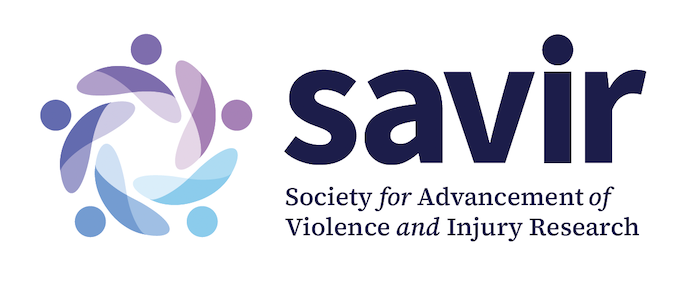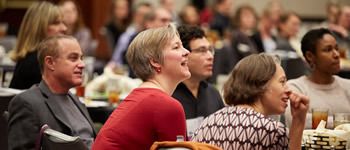Complete Story
10/03/2022
SAVIR Member Spotlight: Mudia Uzzi
Mudia Uzzi is a Social and Behavioral Health Sciences PhD Candidate at Johns Hopkins University
You were one of our SAVIR student paper award winners for your paper: An intersectional analysis of historical and contemporary structural racism on nonfatal shootings in Baltimore, Maryland. How did you become involved in this research?
Nonfatal shootings are a big problem in Baltimore, but this issue is underreported by the media as it tends to focus on fatal shootings. Being a Baltimore resident, I have had many conversations with native Baltimoreans where I would hear about the trauma, grief, and stress that gun violence survivors and their loved ones experience because of nonfatal shootings. These stories of violence were often intertwined with stories of disinvestment, displacement, social conflict, and wealth extraction of redlined Black neighborhoods. These conversations informed my interest to examine structural drivers of violence in Baltimore City during my doctoral program. I moved to Baltimore in the wake of the Baltimore Uprising sparked by Freddie Gray’s death. There have been a lot of discussions and opinions in the political and public spheres about the root causes for violence and violence prevention approaches since I arrived. I wanted to use research to understand and ultimately reframe a dominant narrative that traces the causes of violence to individual behavior and prioritizes traditional policing and criminal justice approaches as the best (and sometimes only) solution to firearm violence.
What was one of your main findings in this research?
In this research, I was interested in examining how the intersection of historical and contemporary forms of structural racism influence spatial firearm violence inequities within Baltimore City. We found that neighborhoods that experience contemporary socioeconomic disadvantage and were historically redlined have the highest burden of nonfatal shootings. Moreover, our research revealed that between 2015-2019, the interaction between historical redlining and modern racial and economic segregation explained over one-third of nonfatal shootings in sustained disadvantage tracts. This is approximately 650 shootings which is a staggering number. Overall, our findings suggest that the intersection of historical and contemporary structural racism is a fundamental cause of firearm violence inequities in Baltimore City.
What motivates you every day?
The field of injury prevention research is growing, and I aspire to be part of the field’s development. I have a few core values that motivates me daily. I enjoy being intellectually curious and merging different fields of knowledge from social and behavioral sciences and public health to criminology, history, and spatial analysis. I also greatly value community-based knowledge and love engaging with and listening to the wisdom of Baltimore residents. I would like the work I do to make a positive impact and promote social change, especially in the areas of community connectedness, structural racism, and violence prevention. My overall goal is to develop research, policies and programs that promote safer and healthier urban communities.
What is something you enjoyed about the recent SAVIR conference?
I really enjoyed being able to meet and connect with SAVIR conference attendees in-person again. My first SAVIR conference was in Cincinnati in 2019 which occurred during the first year of my doctoral program. I am currently wrapping up my PhD and having this recent conference in-person feels like my injury prevention research journey is coming full circle, especially as we haven’t been able to fully commune together for the past few years. I also appreciated all the great conversations and support from my amazing injury prevention colleagues. I want to give a big shoutout to the SAVIR Student and Early Career Professionals Committee, the SAVIR Science Committee, my SAVIR Longitudinal Mentoring Group, and my colleagues at the Johns Hopkins Center for Gun Violence Solutions and Center for Injury Research and Policy.
What do you like to do in your free time?
Well right now I have very little free time as I am in the middle of dissertating lol…. But in general, I love traveling, hiking, and connecting with my close friends and family.




